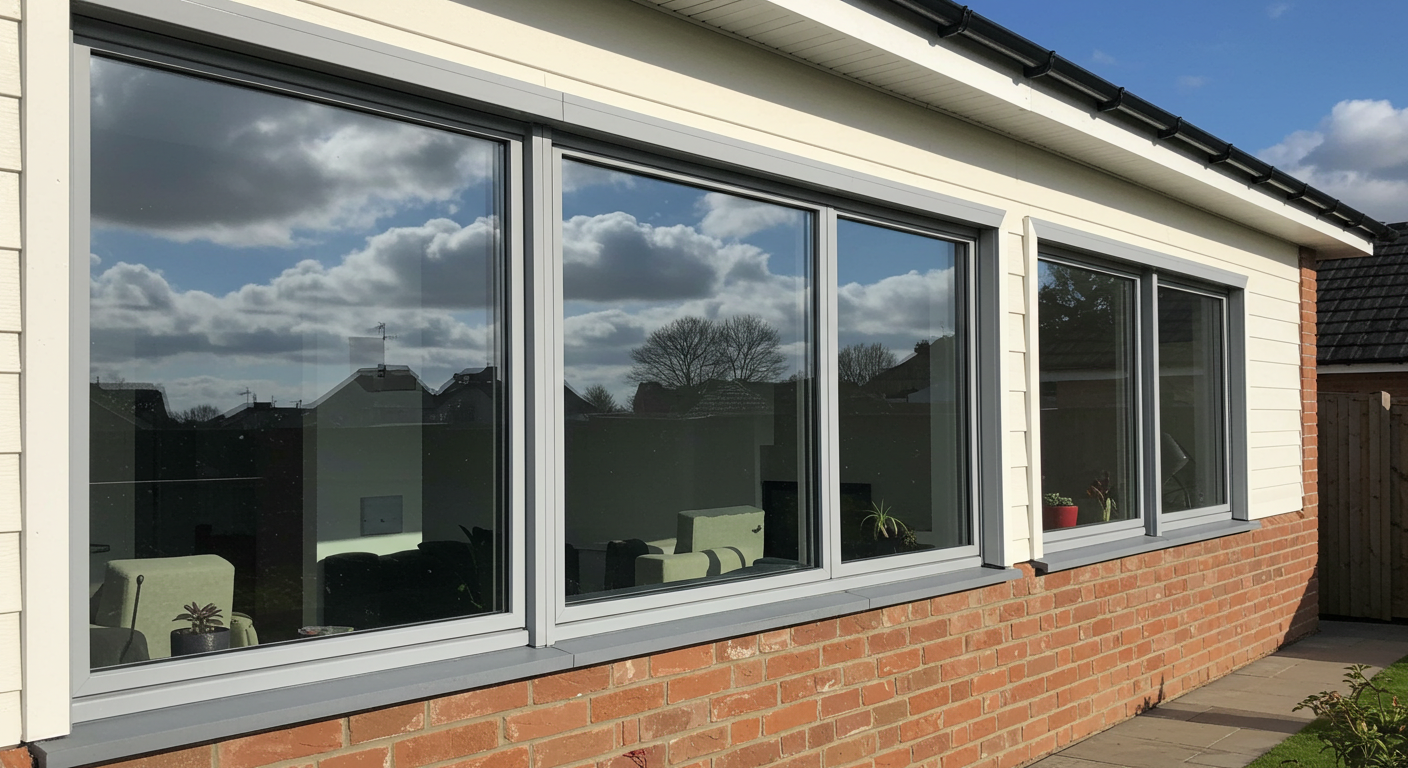The architectural landscape is continually evolving, and with that transformation comes the need for building materials that are not just aesthetically pleasing but also durable and efficient. One such material that has risen to prominence in recent years is aluminium cladding. This article delves into the multifaceted benefits of aluminium cladding for windows.
Understanding Aluminium Window Cladding
Aluminium window cladding involves enclosing the wooden frames of windows with a protective layer of aluminium. This outer layer serves not only as a shield against the elements, but it also enhances the visual appeal of the structure. The concept is simple, yet effective: while wood brings a classic warmth to interiors, aluminium provides a sleek, modern finish on the outside. But what makes aluminium cladding a preferred choice?
One of the primary properties that contribute to the popularity of aluminium cladding is its durability. Aluminium is renowned for its strength and resistance to corrosion, which makes it ideal for regions that experience harsh weather conditions, including heavy rainfall, snow, and high UV exposure. Unlike traditional materials that may crack or become brittle over time, aluminium retains its structural integrity, ensuring that the windows remain functional for decades.
Moreover, aluminium cladding is designed to be low-maintenance. This means homeowners do not have to worry about repainting or sealing their windows every few years, as the aluminium exterior is resistant to fading and chalking. This ease of upkeep not only saves time but also reduces costs in the long run, making it a cost-effective option for window coverings.
Key Advantages of Aluminium Cladding for Windows
The benefits of aluminium cladding extend beyond mere aesthetics and maintenance. Here are the various advantages:
- Durability: Aluminium is impervious to moisture and does not warp or crack.
- Low Maintenance: The exterior does not require frequent painting or treatments.
- Energy Efficiency: Advanced thermal break systems improve insulation.
- Design Flexibility: Available in various colours and finishes, suitable for many styles.
- Cost-Effectiveness: Long-term savings from durability and low maintenance needs.
Types and Applications of Aluminium Cladding
Aluminium cladding comes in various forms, each catering to different requirements and applications. Among these options, aluminium composite panels (ACPs) are particularly popular. Comprising two thin layers of aluminium surrounding a non-aluminium core, ACPs provide excellent thermal insulation, weight savings, and aesthetic flexibility. These panels are frequently employed in high-rise buildings, where their lightweight nature helps to minimize structural load.
Another common application of aluminium cladding is with perforated panels. These panels, featuring patterns of holes or cutouts, are employed in commercial settings to allow light and airflow while creating visually stunning façades. The unique designs can become signature elements of a building, making them an appealing choice for project managers seeking creativity.
In residential contexts, solid aluminium panels are popular for their strength and impact resistance, making them suitable for environments needing robust weather protection. This adaptability showcases how aluminium cladding can be utilized in diverse settings, from urban high-rises to cozy suburban homes.
Installation Techniques for Aluminium Window Cladding
The process involves several steps to ensure a proper fit and functionality.
- First, accurate measurements of the window frames are essential to avoid any misalignments.
- A common mistake is overlooking the need for precision in these measurements, which can lead to gaps and potential water ingress over time.
- Once the measurements are finalized, the preparation of the window frames plays a significant role in the installation process.
- Ensuring that the frames are free from dust and debris is crucial, and if necessary, a primer should be applied to enhance adhesion before the cladding is placed.
- The cladding should then be applied starting from the bottom and working upwards to facilitate effective water shedding.
- Sealing all joints with silicone is another step that cannot be overlooked.
- Regular inspection and cleaning of the installed cladding are also important maintenance steps that can extend the lifespan and appearance of the windows.
Aluminium cladding offers a smart, durable solution for protecting and enhancing your windows. With its low maintenance, weather resistance, and sleek appearance, it’s both practical and stylish.
Very important: call in an expert for installation.
